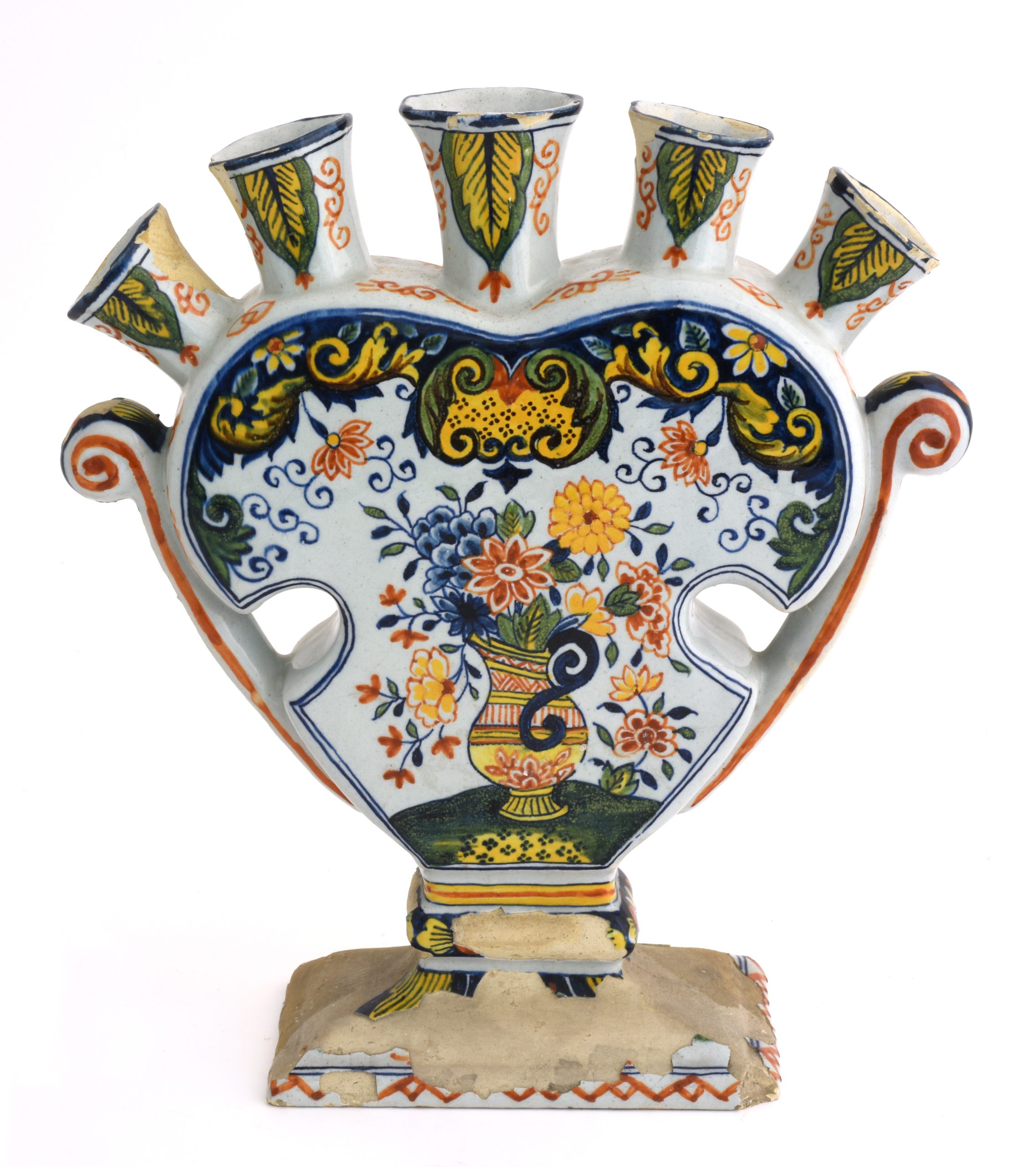
The applied arts collections comprise about 35,000 items. Pewter, silver, ceramics and clocks are among the most valuable and extensive as are also examples of historical jewellery.
The collections range from the 15th to the early 20th century and document the development of the applied arts. In the collections of the Cultural History Museum ceramics are mainly represented by objects from the later epochs of European ceramics history. There are especially beautiful objects in the three main materials, faience, stoneware and porcelain.
The precious objects of the glass collection include the Lohgerber glasses, enamelled beakers dating from the first half of the 18th century. Made for the Rostock tanners’ guild, the 12 apostle glasses and the Prince Elector’s Tankard are part of the so-called Tanners’ Treasure that also includes 25 pewter vessels and 40 silver plaques. The colourful painting on the glasses is in the Venetian tradition that, although long out of fashion in Venice, continued to be popular in Germany until after 1800.
The pewter collection of the Rostock Cultural History Museum is one of the most important collections of its kind in Northern Germany. The focus here is on the drinking vessels of the Rostock craft guilds.
Welcome cups, so called because they were passed from hand to hand for a welcome drink, are among the most magnificent objects made by Rostock’s pewterers. They were made for the banquets of the city’s craft guilds and are decorated with crests and insignia of the crafts. Silver plaques were hung around the goblets. These were the guild’s nest eggs.
A rococo table clock from Zühr Manor in Mecklenburg and pocket watches made by Rostock clockmakers are proof that lavishly decorated cases were very popular in the 18th century. Classical designs in ebony and alabaster demonstrate the Empire-Style about 1800 and warm mahogany dominates the Biedermeier period when clocks became a common feature of middle-class furnishings. This part of the exhibition finishes with cheap clocks mass-produced in the Black Forest that reached Rostock towards the end of the 19th century making it possible now for poorer households to have clocks.